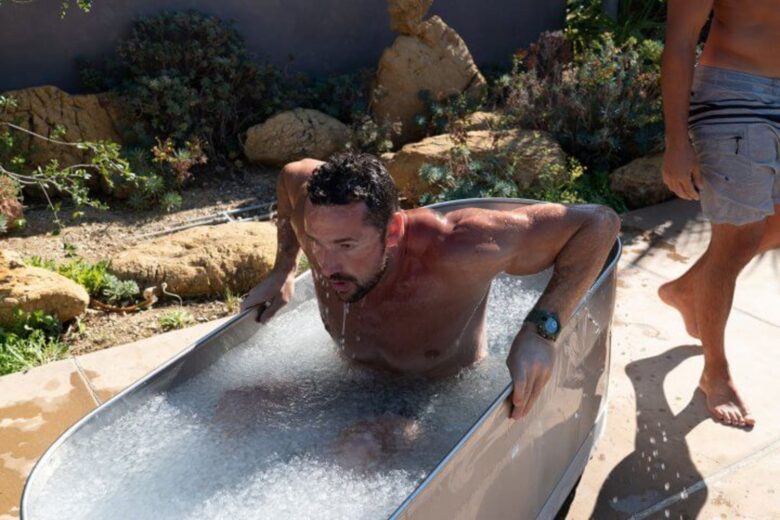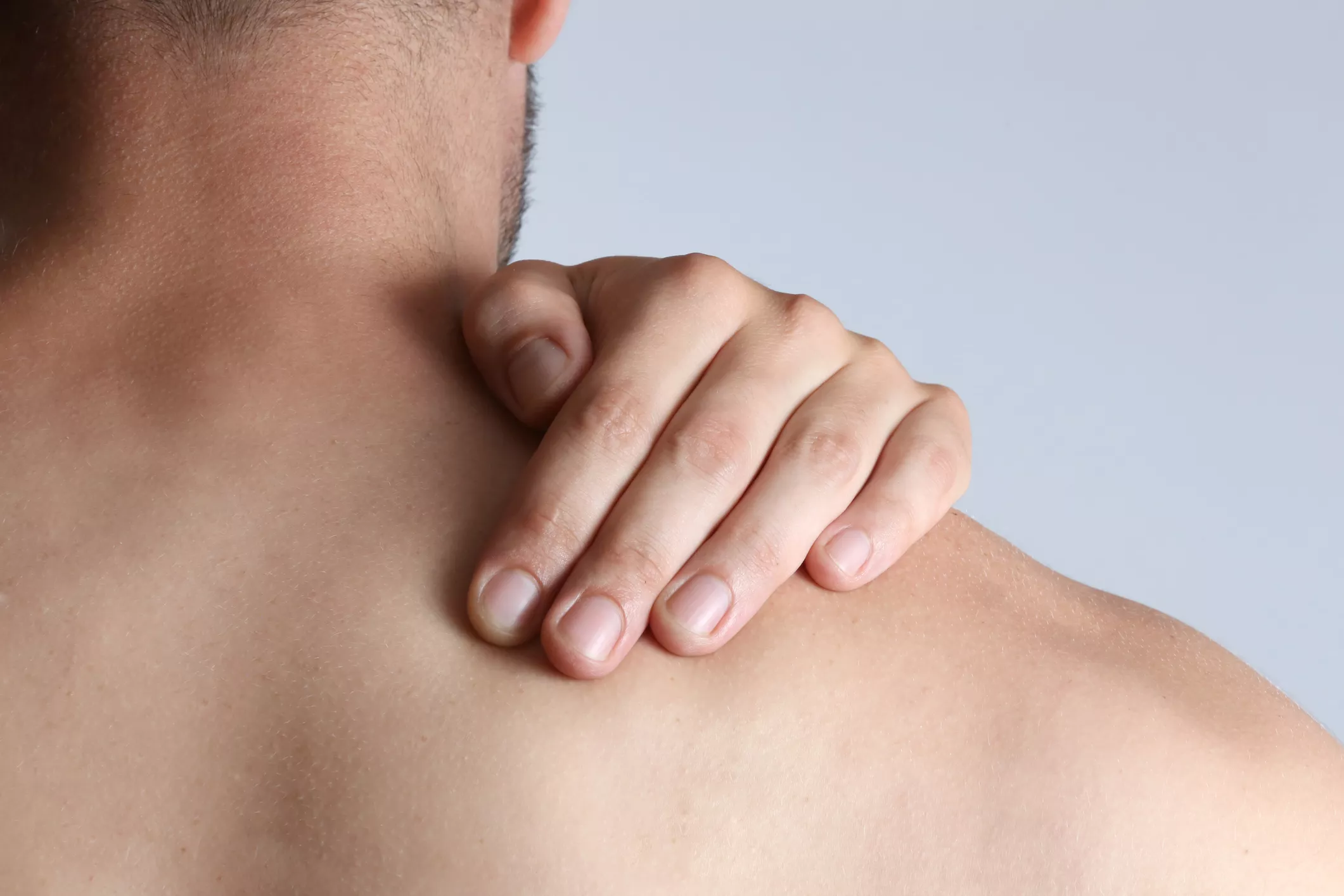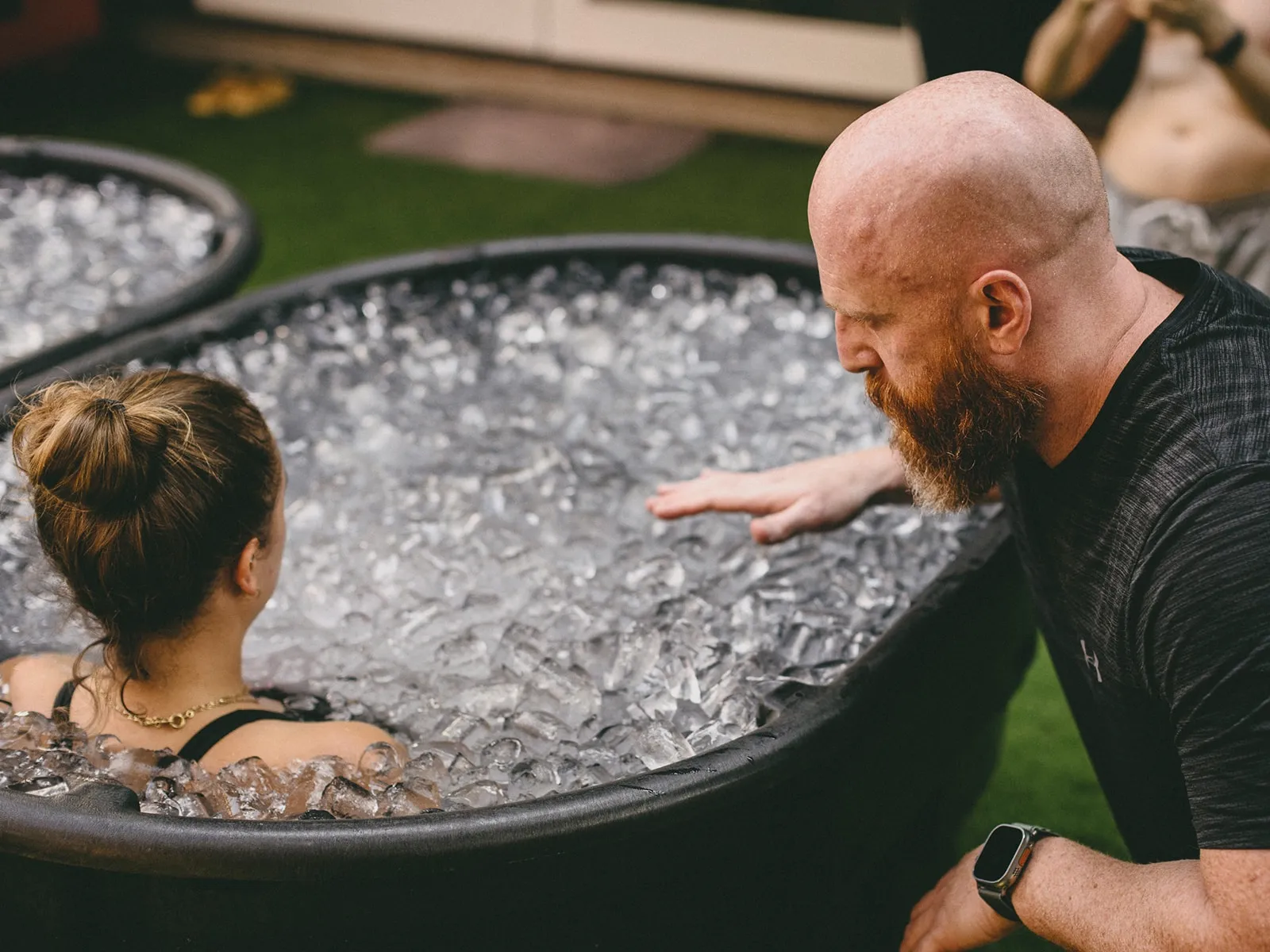The scientific underpinnings of contrast therapy delve deeper into the physiological changes that occur within the body during hot-cold exposure. When heat is applied, the blood vessels near the skin’s surface dilate, resulting in increased blood flow to the area. This blood influx carries essential nutrients and oxygen necessary for cellular repair and growth. As a result, the tissues experience enhanced metabolic activity, promoting healing and recovery.
Conversely, the application of cold causes vasoconstriction, where blood vessels contract. This response is the body’s way of preserving core temperature and preventing heat loss. The constriction reduces blood flow to the area, decreasing inflammation and swelling. Additionally, cold exposure triggers the release of endorphins, which are the body’s natural pain-relieving chemicals. This dual action of reducing inflammation and numbing the area provides immediate relief from pain.

Source: pinterst.com
Contents
Adapting Contrast Therapy Techniques
The versatility of contrast therapy extends to the various methods of application. Traditional contrast baths involve alternately immersing the body or affected limb in hot and cold water. The temperature difference between the two baths typically ranges from 20 to 30 degrees Fahrenheit. The duration of immersion can vary, but a standard protocol involves spending 3-5 minutes in hot water followed by 1 minute in cold water, repeated for several cycles.
In recent years, advancements have led to the development of contrast packs that can be applied directly to the skin. These packs are designed to deliver controlled temperature changes, making the process more convenient and accessible. Athletes, in particular, find these packs beneficial for on-the-go recovery and quick muscle rejuvenation.
Expanding Beyond Physical Benefits
Contrast therapy not only offers physical advantages but can also have positive effects on mental well-being. The alternating sensations of heat and cold stimulate the body’s autonomic nervous system, eliciting relaxation responses. Many individuals report a sense of invigoration and improved mood following contrast therapy sessions. This holistic impact on both the body and mind further contributes to the appeal of this technique.

Source: paininjuryrelief.com
Research and Future Directions
While contrast therapy has shown promise, ongoing research aims to uncover its full benefits and refine its application. Studies have examined its effects on specific conditions, such as arthritis, fibromyalgia, and circulatory disorders, with encouraging results. Researchers are also investigating optimal protocols in terms of temperature differentials, immersion times, and the frequency of sessions.
As technology continues to evolve, temperature control and delivery methods innovations could lead to more personalized contrast therapy experiences. Wearable devices or home-based units might become more prevalent, allowing individuals to tailor the therapy to their unique needs.
Incorporating Contrast Therapy into Your Routine
Consulting a healthcare professional is recommended for those interested in experiencing the benefits of contrast therapy, especially if you have any underlying health conditions. A trained therapist can guide you in devising an appropriate contrast therapy regimen based on your goals and needs.
Incorporating contrast therapy into your routine could involve pre-workout sessions to prime your body for physical activity or post-workout sessions to aid recovery. It’s important to start gradually, allowing your body to adapt to the temperature changes. Monitoring your body’s response and adjusting the duration and intensity of each cycle will help you achieve optimal results.
Understanding Contrast Therapy
What is Contrast Therapy?
- Contrast therapy involves alternating between hot and cold treatments to stimulate blood flow and alleviate discomfort.
How Contrast Therapy Works:
- Hot treatments dilate blood vessels, while cold remedies constrict them, promoting circulation and reducing inflammation.
Benefits of Contrast Therapy:
- Enhanced circulation, reduced muscle soreness, improved recovery, and increased relaxation.
Methods of Contrast Therapy
Hot and Cold Showers:
- Alternate between warm and cold water in the shower to experience the benefits of contrast therapy.
Hot and Cold Compresses:
- Apply a hot compress followed by a cold compress to the affected area for localized relief.
Immersion Baths:
- Submerge yourself in a warm bath and then in a cold bath, reaping the benefits of contrast therapy.
Hot and Cold Packs:
- Apply heated and chilled packs to targeted muscle groups for therapeutic relief.

Source: breathinspired.com
Using Contrast Therapy Effectively
Determine the Purpose:
- Identify your goals, whether it’s reducing muscle soreness, enhancing recovery, or improving circulation.
Start Gradually:
- Begin with shorter intervals and lower temperature variations, gradually increasing intensity as your body adapts.
Listen to Your Body:
- Pay attention to how your body responds, discomfort or excessive cold exposure should be avoided.
Incorporate into Recovery:
- Contrast therapy can be beneficial post-workout or after strenuous activities to enhance muscle recovery.
Safety Considerations and Precautions
Medical Conditions:
- Consult a healthcare professional before attempting contrast therapy, especially if you have circulatory issues or medical conditions.
Skin Sensitivity:
- Be cautious if you have sensitive skin or conditions that affect skin integrity.
Hydration:
- Stay hydrated during and after contrast therapy to support your body’s response.
Avoid Overexposure:
- Prolonged exposure to extreme temperatures should be avoided to prevent adverse reactions.

Source: peninsulazenden.com.au
Conclusion
Contrast therapy offers a natural and accessible approach to wellness that can be easily integrated into your daily routine. Whether you’re seeking relief from muscle soreness, enhanced recovery, or improved circulation, the alternating hot and cold treatments can benefit you. By understanding contrast therapy’s principles, methods, and safety considerations, you can harness its healing potential to promote well-being. Remember, the key lies in consistency and moderation; listening to your body’s cues and incorporating contrast therapy into your wellness regimen can contribute to a healthier, more balanced lifestyle.
Furthermore, the benefits of contrast therapy extend beyond its immediate physiological effects. The rhythm of transitioning between heat and cold provides a mindfulness component, inducing a mental shift akin to meditation. This mental clarity and the rejuvenating impact on the body create a harmonious synergy many find refreshing.
As contrast therapy continues to capture the attention of individuals seeking alternative methods for healing, recovery, and mental acuity, its legacy as a time-honored practice intertwined with modern science is solidified. By embracing this holistic approach, we embark on a journey towards optimal well-being, where ancient wisdom meets contemporary understanding to celebrate the body’s remarkable capacity for rejuvenation and renewal.
